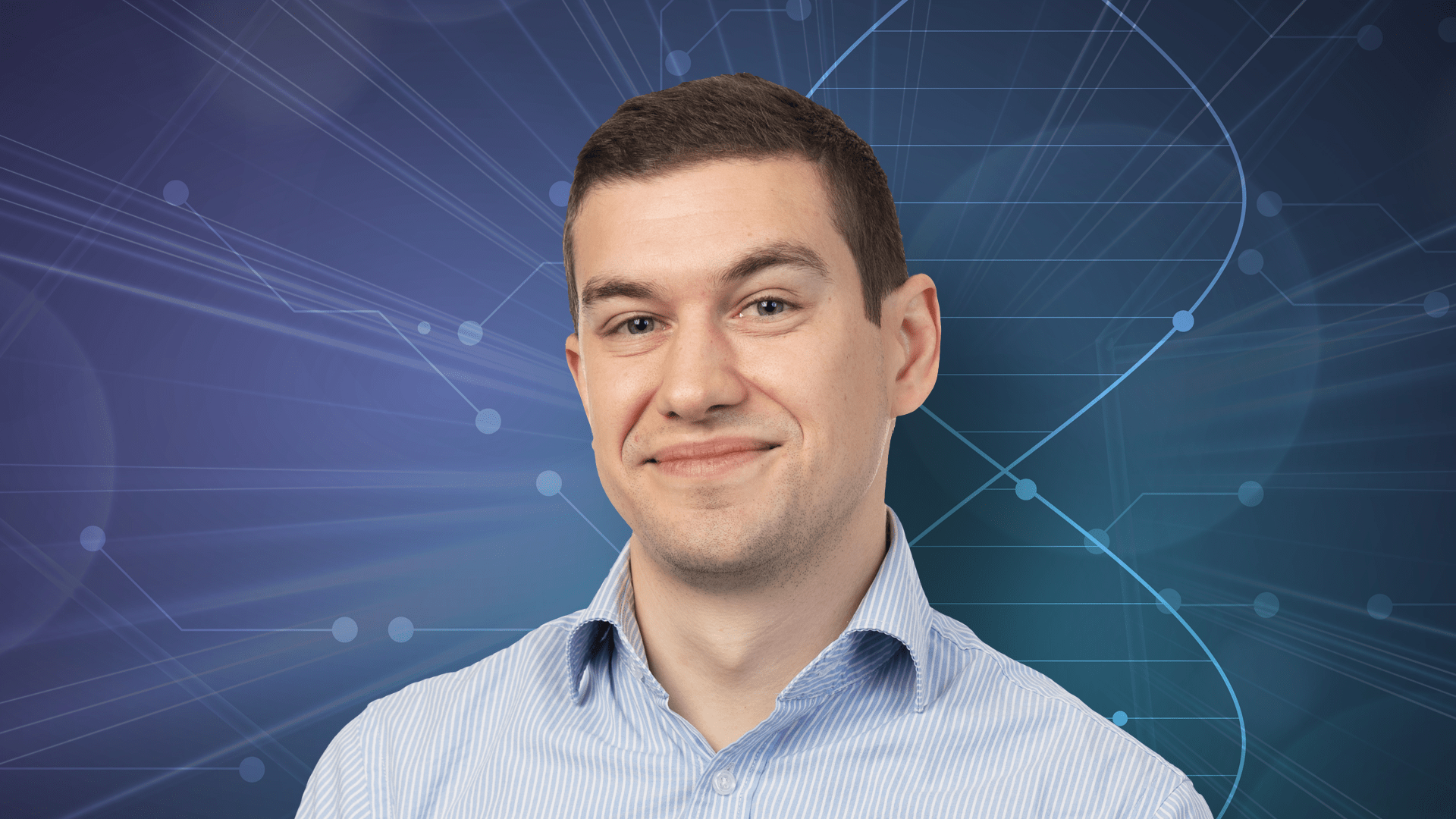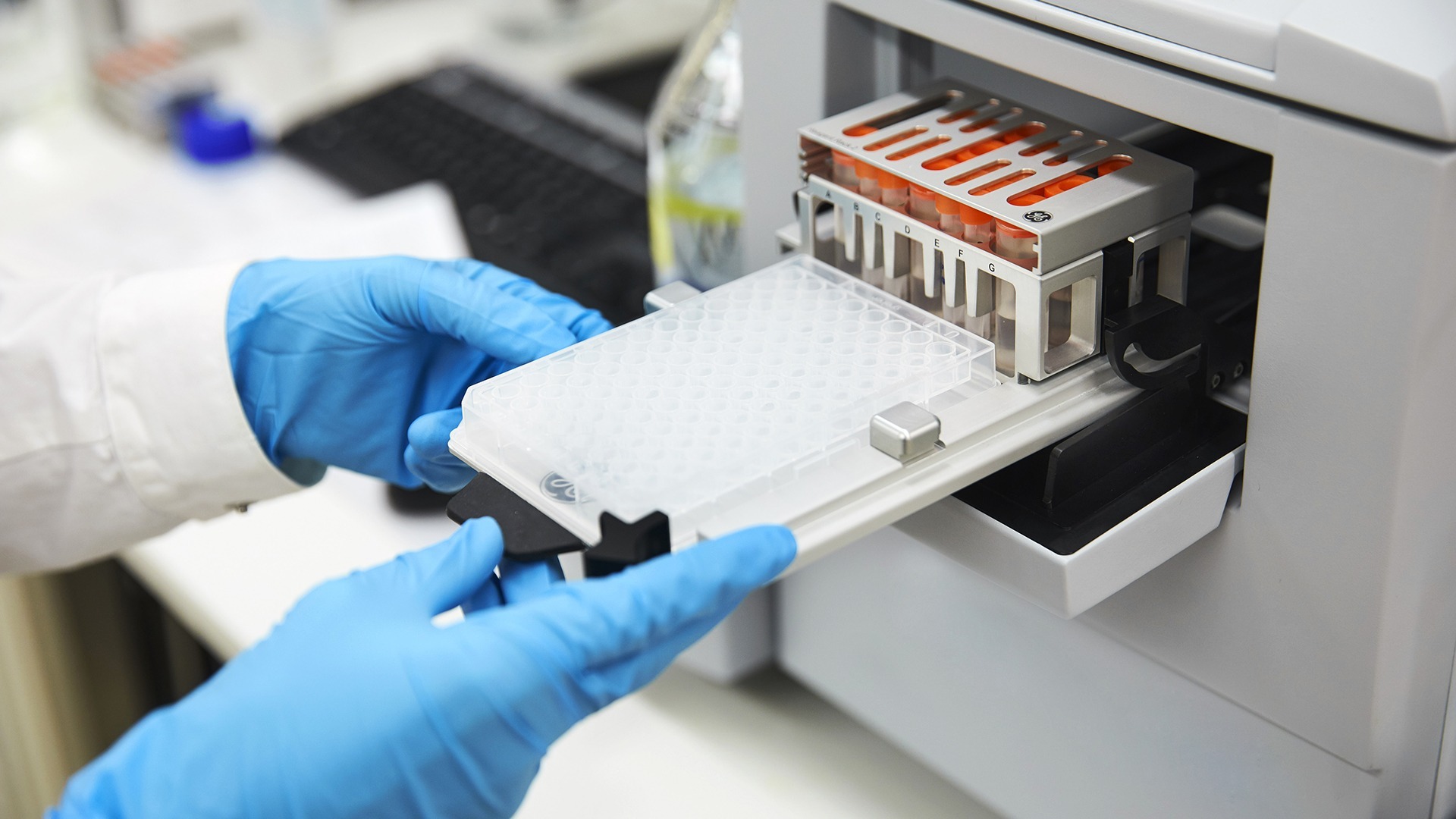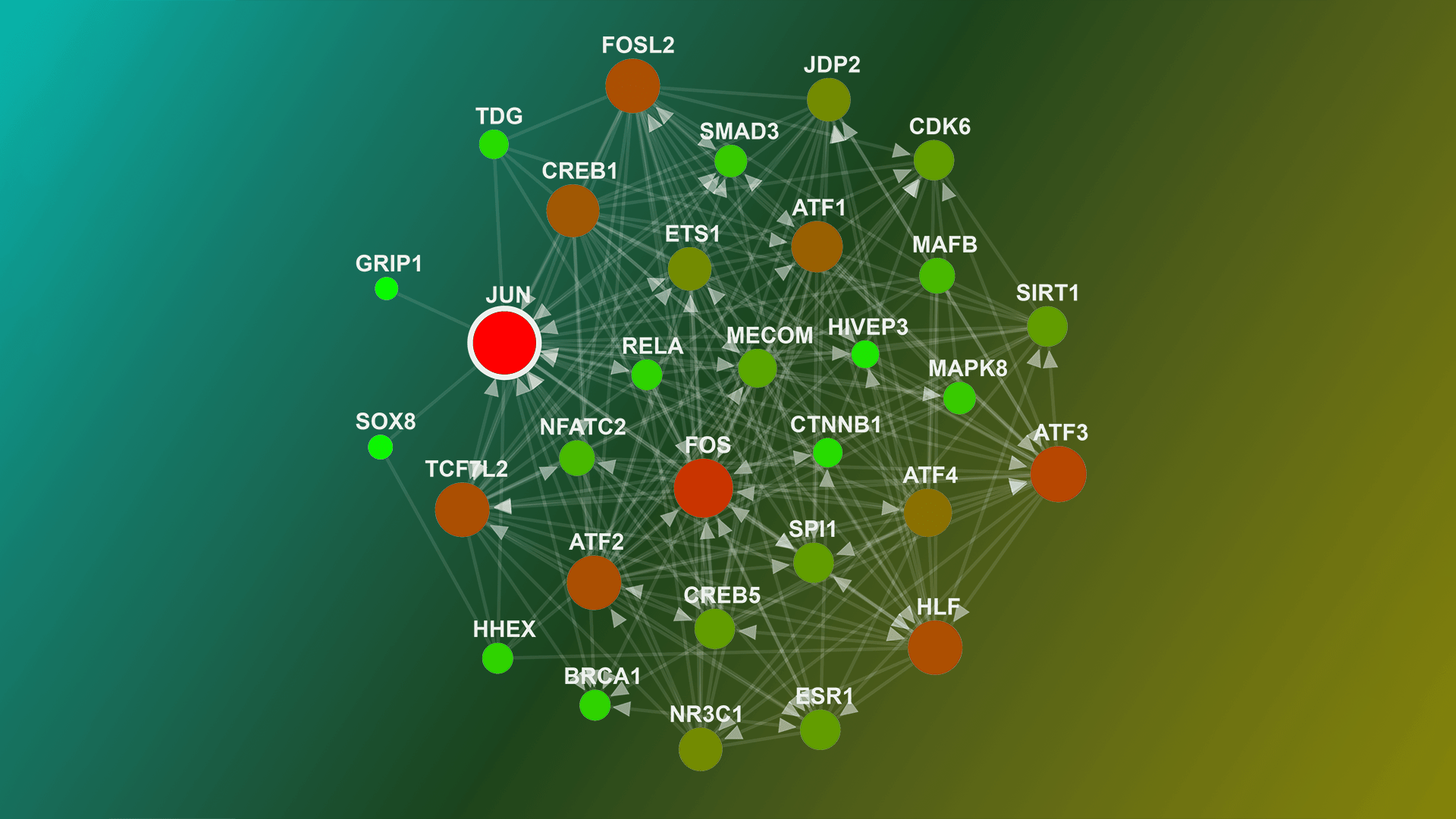New DDLS Fellow: Nicholas Pearce
Meet Nicholas Pearce (LiU), our last new DDLS Fellow to be presented in our Q&A-style article series before the summer break. So far, thirteen DDLS Fellows have been recruited to the SciLifeLab & Wallenberg National Program for Data-Driven Life Science (DDLS) program at Chalmers, the University of Gothenburg, KTH, Linköping University, Lund University, the Swedish Museum of Natural History (NRM), the Swedish University of Agricultural Sciences (SLU), Stockholm University, Umeå University, and Uppsala University.
With a long-standing passion for understanding how things work, Nicholas chose to study physics at the University of Oxford for his undergraduate degree. After graduating in 2012, he began his Ph.D. studies in the University of Oxford’s interdisciplinary “Systems Approaches to Biomedical Science” PhD program. Here Nicholas became fascinated with structural biology, which involves a lot of spatial reasoning and allows for a lot of creativity when it comes to developing new approaches. Nicholas will join the Cell and molecular biology DDLS research area.
“During my Ph.D., I developed a statistical approach for identifying binding molecules in data from X-ray crystallography fragment screening experiments, which is now used by synchrotrons all over the world”, says Nicholas.
After obtaining his Ph.D., Nicholas moved to the Netherlands and obtained an EMBO long-term fellowship to work with Piet Gros in Utrecht, where he developed a method to characterize the disorder in a protein structure to identify flexible and dynamics regions. He then obtained a Veni Fellowship from the NWO to continue his research on developing novel multi-dataset approaches for modelling structural data, which he will continue to develop as a DDLS fellow.
How do you think your expertise can contribute to the program?
My research revolves around developing physically interpretable models which can reveal and characterize dynamics in protein structural data. The nature of this research means that I spend most of my time right at the interface of Physics, Chemistry and Biology, using a wide range of mathematical and data science approaches. Additionally, in order to make methods available to non-experts, these need to be incorporated into computational tools that are user-friendly and widely accessible. I think that being a DDLS fellow will lead to a large number of collaborations where I can contribute to, and draw on, the specialized expertise within the DDLS program to create radical new ways of analyzing and presenting macromolecular structural data.
Shortly describe your research in an easy to understand way.
Key biological processes that keep us alive are carried out by protein molecules interacting with other proteins, or various small molecules. These interactions have been guided by evolution over millions of years and are highly specific, with proteins recognizing specific binding partners and carrying out highly specialized tasks, such as breaking substrate molecules into pieces, precisely reorganizing the atoms in a molecule, or joining two molecules together. Just as importantly, they need to carry out these functions at the right rate: too fast or too slow can lead to a lot of problems very quickly. The specialized functions of proteins are created by precise spatial configurations of key atoms in the protein and these allow them to catalyze the chemical reactions necessary for their function. Visualizing protein molecules is therefore often a key step in understanding what they do, how they work, and how we can modify their behavior. However, our current approaches do not allow us to understand the subtleties of some proteins, and how their behavior can be crucially influenced by temperature or by interactions with other molecules, often in difficult-to-identify ways.
The missing piece of this puzzle to me lies in the flexibility of protein molecules, how they move, and how these movements change in different situations, and how these changing dynamics link to changes in their function. Experimental techniques, such as X-ray Crystallography and Cryo-Electron Microscopy, have enabled us to see all sorts of key components of living systems, but they currently result in simple static pictures, and we must often rely on computational simulations to characterize dynamics and flexibility. I work to develop methods that reveal protein dynamics and flexibility directly from experimental data, as well as extend our ability to identify weak interactions with molecules for drug discovery efforts. This work requires the development of both novel experimental paradigms and computational approaches, which when combined allow us to extract subtle features from very large, complex and noisy data sets.
How do you think the program and interactions with the other DDLS-Fellows will benefit you?
As a highly interdisciplinary researcher, I need to work closely with expert colleagues in individual disciplines; these collaborations are essential for developing methodologies that keep up with the rapid advancements in machine learning and AI, and applying them to biologically relevant systems, or generating tools that are actually useful for drug discovery efforts. Besides the access to some impressive infrastructure, the DDLS program offers an outstanding opportunity for connecting with researchers in a diverse set of data science applications, which will greatly accelerate research and the development of new approaches to improve our understanding of complex biological systems.
Name one thing that people generally do not know about you.
While coding I can listen to a rather strange collection of music, ranging from Taylor Swift and country music to Dragonforce, depending on my desired balance between lines-of-code-per-minute and errors-per-line-of-code.
Where do you see yourself in five years regarding the DDLS aspect?
I hope that we will routinely consider flexibility and dynamics in investigations of protein structures, and that this will change the way we think about proteins in general.
In one word, describe how you feel about becoming a DDLS-Fellow
Relieved.





